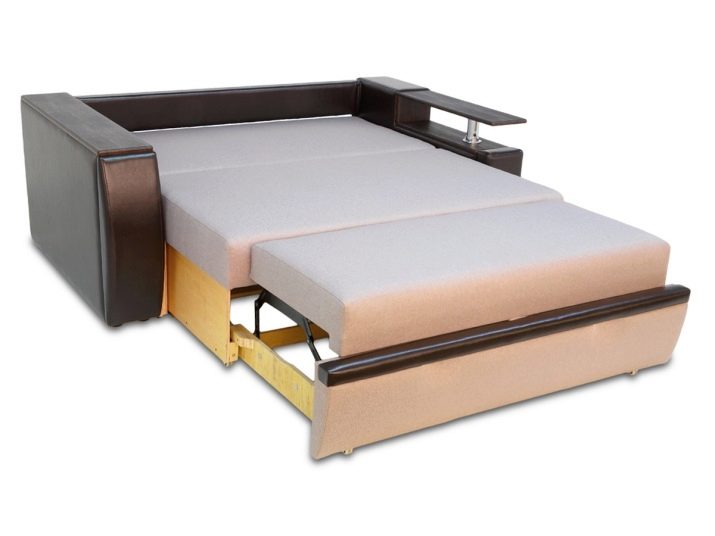Choosing the height of the mattresses
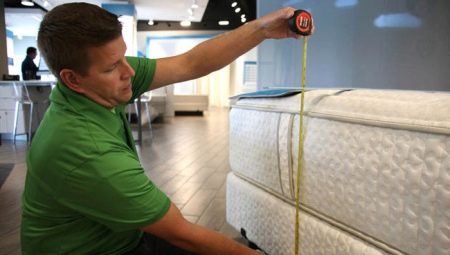
The mattress, like any bed product, has a height (thickness). It cannot be so subtle that this parameter can be neglected. The only exceptions are inflatable products.

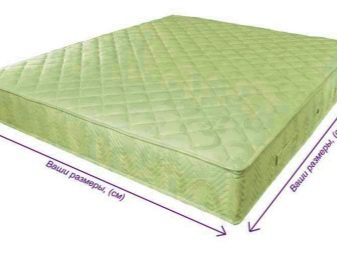
Optimum thickness
In addition to guaranteeing good quality and trouble-free operation of the mattress during at least the entire warranty period, environmental friendliness and safety for health, and the area that it covers, the product itself is chosen according to the optimal thickness. It is different for each type of mattress, for a brand or even for a line of models. Everyone chooses the optimal thickness threshold for himself, based on the experience of his fellow citizens. Ideally, the mattress should be thin, light, soft and resilient. Consider this parameter for each type and type of materials and for the technology underlying the mattress products.
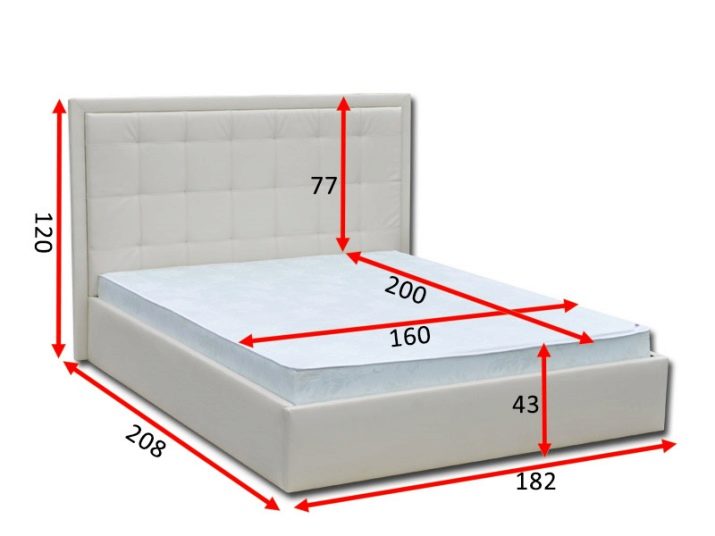
Most mattresses produced in the 21st century vary in thickness from 5 to 25 cm. There are options for 50 cm, approaching in thickness to hydrobeds - in those, instead of filler, water is constantly heated to a temperature of 36.6 ° C. For mattresses-toppers, the thickness does not exceed 7 cm due to the lack of additional comfort when using the product. Typical thicknesses are 2, 3, 5, 7 and 8 cm.
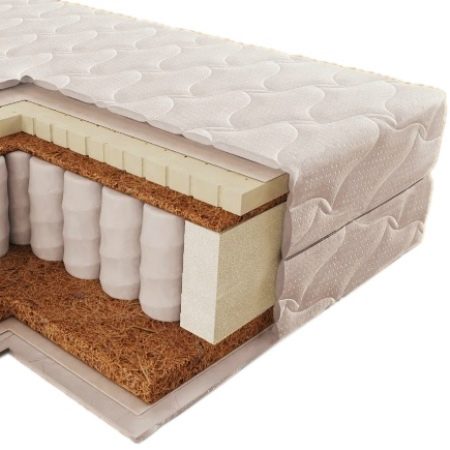
The outer mattress cover adds up to 7mm to the overall thickness. This includes rough and finish plating of the product. Quilted jacquard, knitwear, foam rubber or synthetic winterizer will add 10-50 mm. For a layer of coconut fiber, the thickness of one layer, depending on the model of the mattress, is 1-3 cm.
It makes no sense to add more coconut fibers before reaching an increased thickness: the thing would become a kind of rubber carpet or mat.
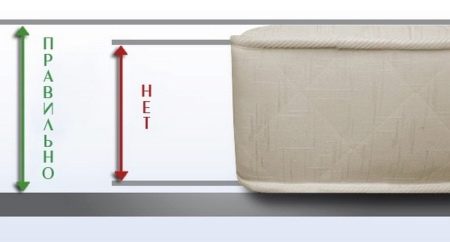
A spring block or a set of independent springs will add the main thickness to the gap between the frame of the bed or sofa and the upper surface. Its height is 12-14 cm. The latex layer will add 20-30 mm. Like coira, it is quite expensive - manufacturers will not throw it in large quantities.
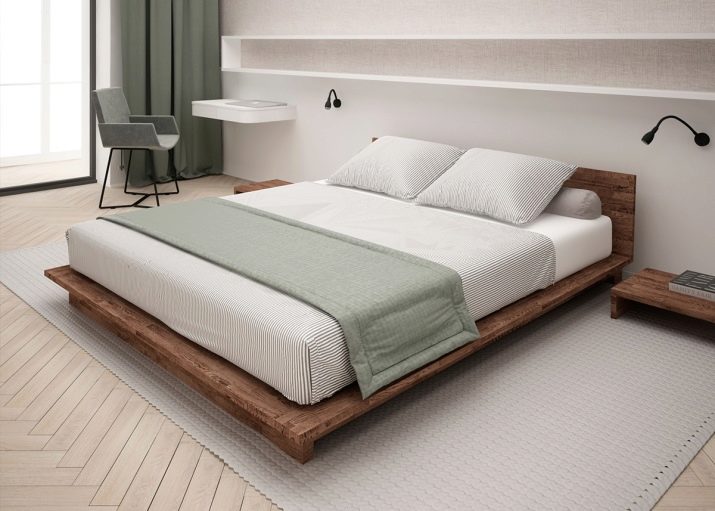
The overall height of the mattress, according to most users, should not fall below 8 cm. Otherwise, the springs and / or padding will deflect to the resistance mark, where the lying person will feel the longitudinal and transverse rungs of the bed with his body. After sleeping on such a product, a person's back, shoulders and neck ache.
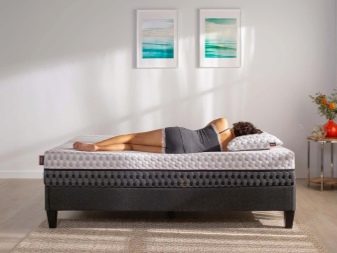
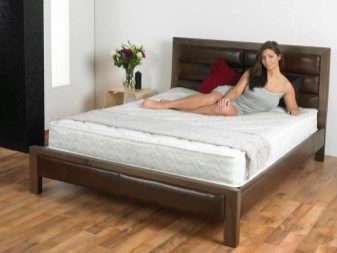
Regular spring mattresses have an average thickness of 18-24 cm. When the user lies down, the gap drops to 14-17 cm. Springless models have a thickness of no more than 20 cm - a large filler height leads to its overrun due to premature puncturing. A bulky cover in thickness will add another 3-5 cm to the product. The thickness of the layer “memorizing” body contours also does not exceed 5 cm - the total height for products with “memory effect” increases by this amount, and such products are even more expensive.

What does the height of the mattress affect?
The leading parameter depending on the thickness of the gap to the base of the bed is stiffness. For products that use coconut fiber and / or rubber instead of springs, additional layers increase the feel and feel of the mattress itself.
The second parameter follows from the first parameter - the composition and number of damping layers. In expensive models, coconut fiber and latex alternate in layers of 3, 4 or 5 cm, and their number is 4-6. The standard, comfortable and recommended thickness does not go beyond the interval of 14-25 cm, taking into account the outer pads for the upholstery with different compression forces under the user sitting or lying on the mattress.
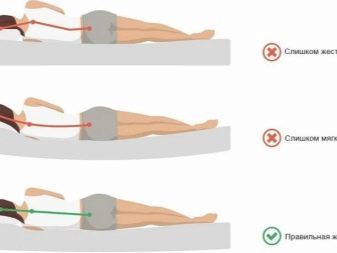
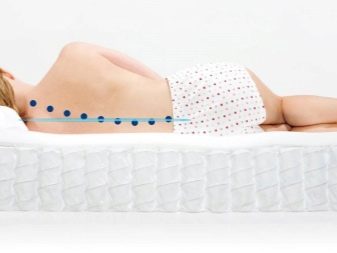
The relative influence of the height of the mattress and on the comfort. Thin toppers will soften the wood flooring of a makeshift bunk and can even be used as a temporary blanket. But they will not provide comfort, especially for users with a hernia of the spine, radiculitis, a predisposition to compression fractures of the vertebrae, or with existing displacements in the spine, as well as for people with arthritis and arthrosis of the joints.
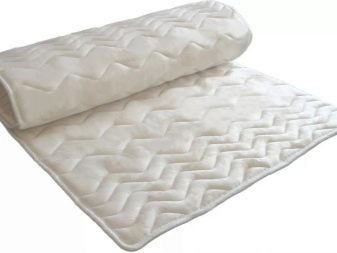
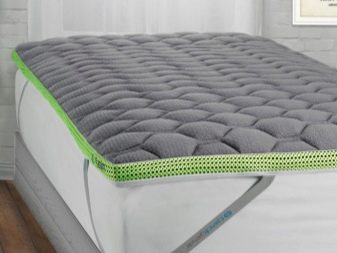
Toppers are chosen by people who need a quality gymnastic mattress for exercising on the bed or on the floor.
The thickness of the mattress has the least impact on the presence or absence of a spring module. A standard spring product reaches a thickness of 25 cm, a springless product - 20. These 5 cm are filled with outer padding and cladding, which prevents wear of the more expensive layers lying deeper.
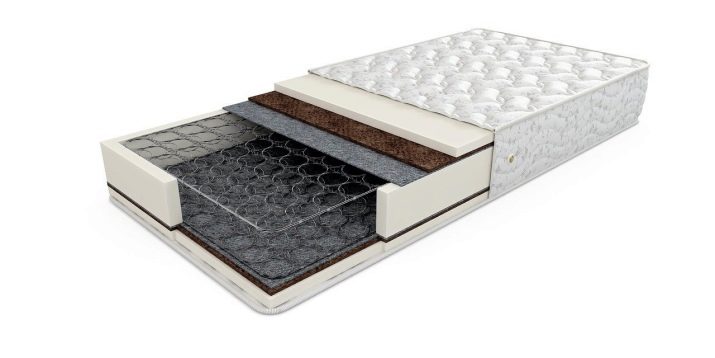
The thickness of the mattress affects the parameters of the bed, sofa or bunk. There are times when, after the sale of an old house or apartment, after being moved to a new building, the former furniture is left by the former owners. At the new place of residence, the same owners did not have time to buy a new sofa bed, but they got mattresses to sleep on the floor with relative comfort. When there is an opportunity to buy an inexpensive sofa, the choice will fall on models that complement one double or two one- or one-and-a-half mattresses. For them, a softer and more resilient sofa is purchased when the mattresses have an increased level of rigidity, or vice versa.
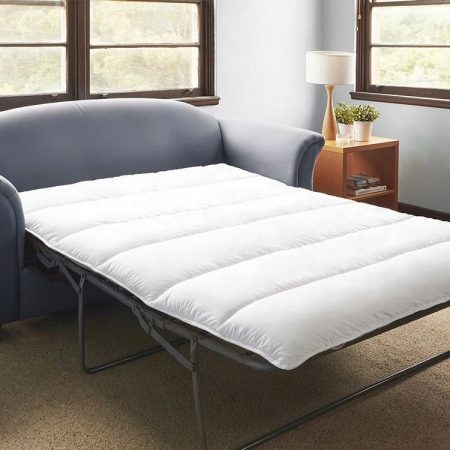
Expert advice for choosing heights
A correctly selected mattress protrudes 5 cm above the base frame. Add to this distance the gap between the base plane and the topmost edge of the rail. All sizes are taken using a standard tape measure. For example, if the gap in the bed for a teenager is 11 cm, then the total thickness will be 16.
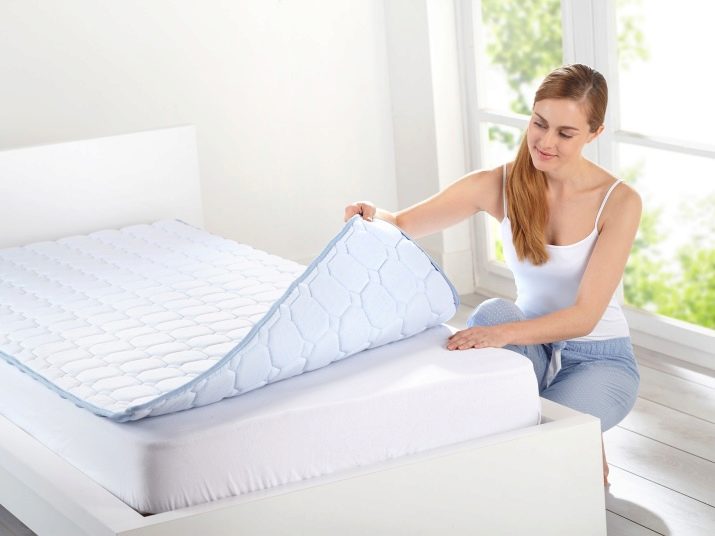
A mattress height of 35 or 40 cm is not recommended for healthy people without disorders of the osteo-ligamentous system. Simple laws of physics apply here: the extra thickness of the soft damper would sag, and too thick hard layers would make the entire product heavier, which would require the simultaneous help of several people to carry and install it.This is unprofitable for the manufacturer - there is practically no demand for super-heavy mattresses. Thickness of 45 cm and more is more likely inherent in inflatable beds, hydrobeds and trampoline-type arenas, which make up a completely different subclass of furniture.
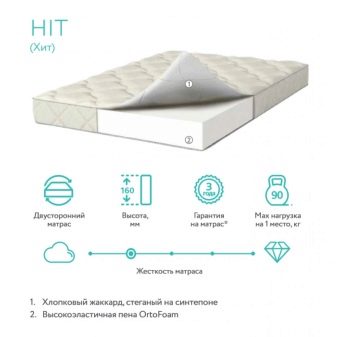
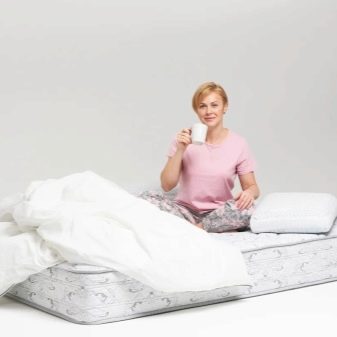
For a transforming bed, the height of the mattress is equal to the height of the flanges of the base itself. The thicker and heavier the mattress block, the more requirements for the reliability and strength of the bed.
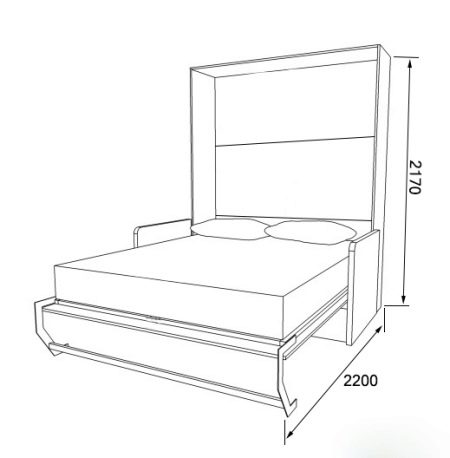
A person's weight determines the type of product execution: people of short stature with a weight of up to 60 kg, as well as tall people up to 90 kg in weight, will choose products with coconut fiber, latex and springs. The thickness of such a mattress will be, for example, 22, 24 or 26 cm. Springless models for people of these two categories contain a layer of latex somewhat thicker than the coir. The weight category of users in 90-120 kg will swap the thickness of latex and coir in springless models. Heavyweights with a body weight of 120-140 kg are guided by the significant superiority of the thickness of the coir layer over the latex layer - more latex will doubt it, since it is softer than coconut fiber.
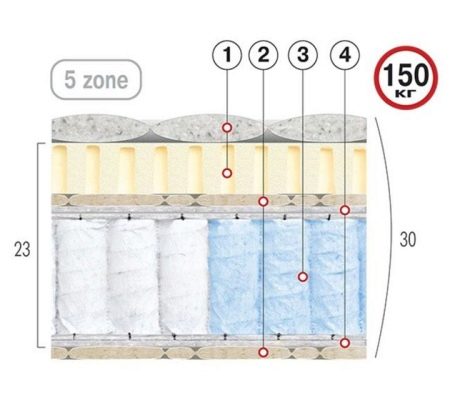
The choice of a mattress for a child is determined by his age. The thickness of a spring product is 10-15 cm, a springless product is 5-10 cm. For example, sizes 11, 12, 13 cm are often found. Thin and low coconut products are available for babies and toddlers. For preschool children and adolescents, the product is changed from rigid to semi-rigid - the spine and skeleton continue to develop, and there is no need for extra softness. The younger the user, the harder the mattress they choose.
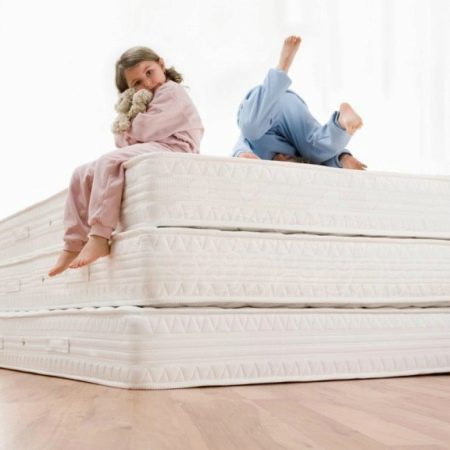
For a bunk bed, the upper mattress is not recessed by less than 15 cm - this is the basis of the berth. The product will not fall below the side slats located around the perimeter of the bed's main structure.
When choosing a mattress by measuring its height, remove your hands from its corners and top edge. The product should be completely straightened out. And also do not chase after the minimum thickness - the sleeping place can be extremely hard, which is only tolerable for children.
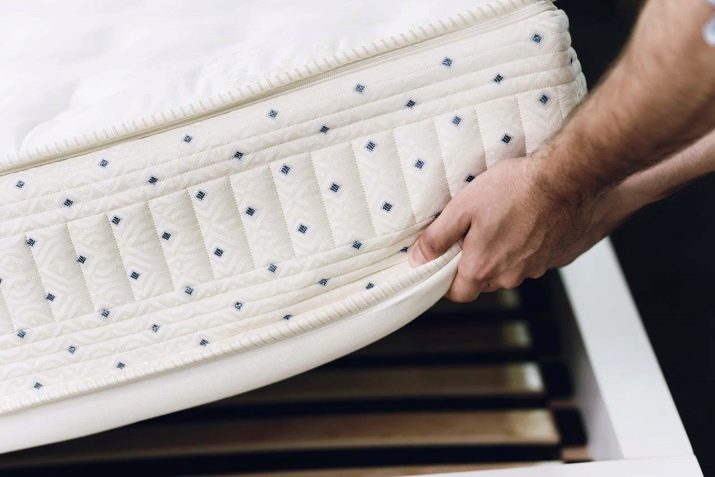
A fold-down bed, a sofa-bed with a lifting mechanism, and chair-beds are critical to mattresses with a maximum thickness exceeding (in total) the allowable free space. If you neglect this rule, then the bed or sofa will not fold, will not close. Some mattresses for beds have a folding mechanism - for example, so that the headboard rises exactly as required by the bed itself.
